CastlesandfortsinEurope - Museums

Removed from Unnamed collection
Castel Sant Angelo 
Known as Hadrian's Tomb, the Castel Sant'Angelo is a fortress located on the right bank of the Tiber, a short distance from the Vatican City.
Construction of the building began in the year 135 under the direction of the Emperor Hadrian, who intended to use it as mausoleum for himself and his family. It was finished in the year 139 and a short time later, it became a military building, which in the year 403 would be integrated to the Aurelian Walls.
The Castel Sant'Angelo is split into five floors which can be reached by a spiral ramp that first reaches the chamber of ashes and subsequently the cells in which a number of historical figures were incarcerated.
Advancing toward the upper part of the castle you will find different rooms that functioned as a Papal residence, decorated with perfectly preserved frescoes from the Renaissance period, besides the extensive collection of weapons.
In the upper floor there is a large terrace where you can take amazing photographs of the city from above. Advancing toward the upper part of the castle you will find different rooms that functioned as a Papal residence, decorated with perfectly preserved frescoes from the Renaissance period, besides the extensive collection of weapons. In the upper floor there is a large terrace where you can take amazing photographs of the city from above. https://www.rome.net/castel-sant-angelo
Map

Removed from Unnamed collection
Sforza Castle 
Castello Sforzesco is a surprising monument sheltering several specialized museums and traces of the city’s past. An oasis of art and culture. It was originally a Visconti fortress and later home to the mighty Sforzas, the rulers of Milan, who transformed it into a magnificent ducal palace thought to have been decorated by several of the greatest artists of the times including Donato Bramante and Leonardo da Vinci.
Transformed into a military complex during four centuries of foreign occupation and subsequently used as the barracks of the Italian army, at the end of the 19th century the Castle was restored by architect Luca Beltrami who turned it into the headquarters of Milan’s Civic Museums.
Today the Castle sits in all of its glory in the eponymous square with its 70m-tall “Torre del Filarete” and a number of majestic circular keep-towers. https://www.wheremilan.com/sightseeing-sempione/sforza-castle/
Map

Removed from Unnamed collection
Rosenborg Castle 
A royal hermitage set in the King’s Garden in the heart of Copenhagen, Rosenborg Castle features 400 years of splendor, royal art treasures and the Crown Jewels and Royal Regalia.
Rosenborg Castle was built by one of the most famous Scandinavian kings, Christian IV, in the early 17th century.
Among the main attractions is the Knights’ Hall with the coronation thrones and three life-size silver lions standing guard. Tapestries on the walls commemorate battles between Denmark and Sweden.
The interiors are well-preserved and invite you to take a journey in time. You can experience the king’s private writing cabinet, his bathroom, and see wax figures of former royal inhabitants.
Rosenborg also houses an exquisite collection of Flora Danica and one of the world’s finest Venetian glass collections, both set in tower chambers. https://www.visitcopenhagen.com/copenhagen/rosenborg-castle-gdk410582
Map

Removed from Unnamed collection
Malahide Castle 
Malahide Castle, set on 250 acres of park land in the pretty seaside town of Malahide,w as both a fortress and a private home for nearly 800 years and is an interesting mix of architectural styles.
The Talbot family lived here from 1185 to 1973, when the last Talbot died. The house is furnished with beautiful period furniture together with an extensive collection of Irish portrait paintings, mainly from the National Gallery. The history of the Talbot family is recorded in the Great Hall, where portraits of generations of the family tell their own story of Ireland's stormy history. Many additions and alterations have been made to this romantic and beautiful structure, but the contours of the surrounding parklands have changed little in 800 years, retaining a sense of the past.
A major feature of Malahide Castle Demesne is the beautiful Talbot Botanic Gardens. The gardens, as they exist today, were largely created by Lord Milo Talbot between 1948 and 1973. https://www.visitdublin.com/see-do/details/malahide-castle-and-gardens
Map
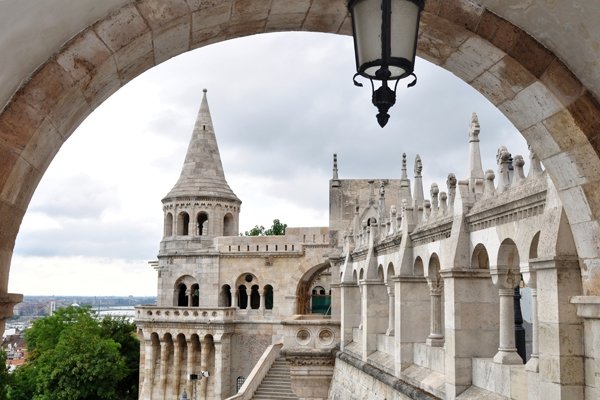
Removed from Unnamed collection
Fisherman s Bastion 
The main façade of the Fisherman’s Bastion, running parallel to the Danube, is approximately 140 metres long. The seven stone towers with their pointed tops symbolise the leaders of the Hungarian tribes who conquered the country in 896. It was built in place of the old fortification walls in neo-Romanesque style between 1895 and 1902 on the plans of Frigyes Schulek, who was also in charge of the reconstruction of the Mathias Church. The Bastion takes its name from the guild of fishermen that was responsible for defending this stretch of the city walls in the Middle Ages. https://www.budapest.com/city_guide/sights/monuments_of_art/fishermens_bastion.en.html
Map
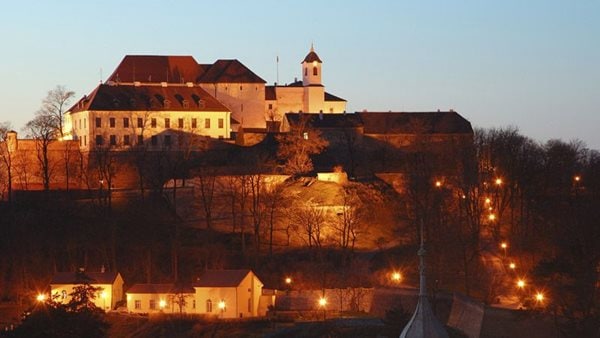
Removed from Unnamed collection
Spilberk Castle 
A prison shrouded in horrific legends, valuable historical collections, a beautiful view over the city and many cultural events held throughout the year – all of this is Špilberk Castle. One of the two most important dominant features of the Moravian capital and a place which became synonymous with the most horrific of dungeons throughout the whole of Europe is nowadays one of the most valuable monuments in Brno.
Špilberk’s importance and role changed fundamentally over the course of the centuries. This leading royal castle and seat of the Moravian margraves, gradually transformed into a monumental Baroque fortress, the toughest prison of the Austrian monarchy and later a military barracks. Nowadays it is home to Brno City Museum and one of the most important cultural centres in the city. http://www.czechtourism.com/c/spilberk-castle/
Map
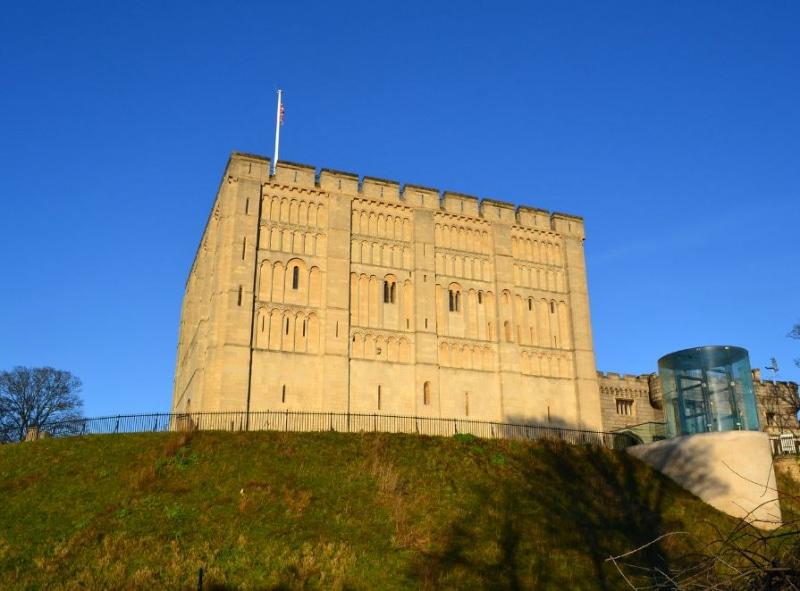
Removed from Unnamed collection
Norwich Castle 
Featuring never-before-seen archives and artefacts from Norwich Castle’s 900-year history, including a wealth of new research uncovered by the Norwich Castle: Gateway to Medieval England project to transform the Keep, the exhibition shows this majestic landmark in a fascinating new light.
Standing atop the largest man-made mound in the country, Norwich Castle has dominated the City’s skyline ever since the 12th century; but what is the story of Norwich’s iconic and much-loved square box on the hill? Built as a royal palace, Norwich Castle was a Norman showpiece with lavishly-decorated interiors fit for a king. By the 14th century, it had become the County Gaol confining Norfolk’s prisoners within its walls. With the opening of the new prison at the end of the 19th century, the Castle’s fate was uncertain, until its conversion into a public museum, which it remains to this day.
The Square Box on the Hill illustrates this rich history through a stunning mixture of prints, models, paintings, architectural plans and memorabilia, many of which have never been on display before. Supported by headline sponsors Brown&Co, the exhibition also showcases the latest exciting plans for the Castle’s future as part of the Norwich Castle: Gateway to Medieval England project, supported by the Heritage Lottery Fund. https://www.visitnorfolk.co.uk/inspire/norwich-castle-exhibition.aspx
Map
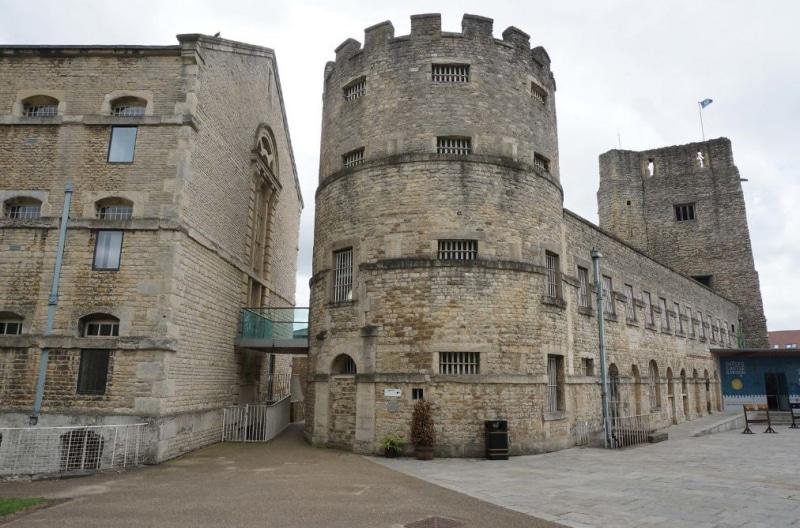
Removed from Unnamed collection
Oxford Castle & Prison 
Come and explore the 1,000-year history of Oxford Castle and Prison. Step back in time with our costumed guided tours and see fascinating stories come to life. Hear the great tales of Empress Matilda or the fate of Mary Blandy, one of the prisons’ most famous criminals. Step inside our padded jail cell and meet the notorious ‘Black Panther’, a vicious prisoner held here in the 1970s.
Find gorgeous views atop of St. George’s Tower and then descend into the atmospheric crypt of St Georges Chapel. Here you can touch the stones were Oxford University was rumoured to begin and stand in the birthplace of King Arthur. Explore the austere confines of the prisons’ D-Wing and debtors tower, here you can wander the cells and learn about our youngest inmates.
After your guided tour, you can climb the mound, the remains of a motte and bailey castle. Explore the attraction at your own leisure and dress up like a prisoner in our exhibition space. Sit down with a nice cup of coffee in our café, spread out your map and plan where to go next in Oxford.
In the summer, we have Knight School, a medieval-inspired workshop which trains children into becoming little warriors. Our Shakespeare Festival is an Oxford summer staple whilst Ghost Fest is sure to give you a scare over Halloween. https://www.experienceoxfordshire.org/venue/oxford-castle-and-prison/
Map
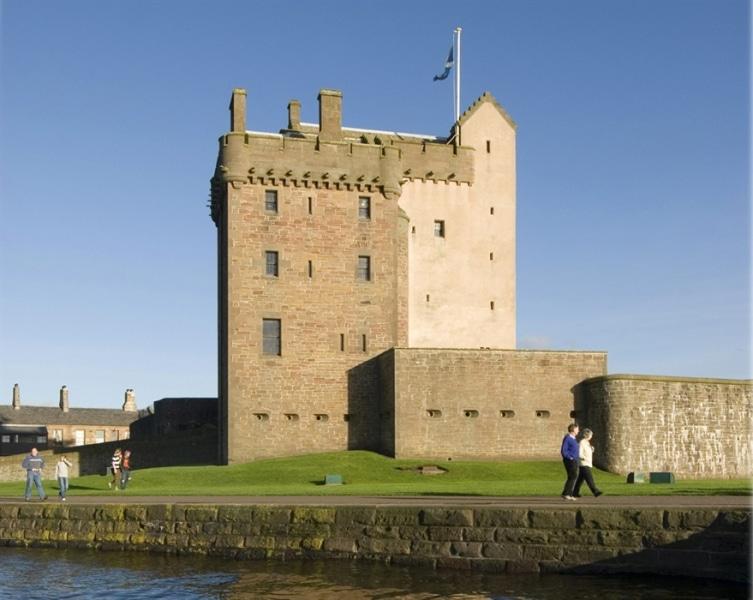
Removed from Unnamed collection
Broughty Castle Museum 
Discover the people, environment, history and wildlife of Broughty Ferry in this amazing 15th-century coastal fort, which houses a fascinating museum. Enjoy stunning views of Broughty Beach and the Tay estuary. Entry is free.
This 15th-century coastal fort has faced many battles and sieges and was rebuilt in the 19th century as part of the River Tay's coastal defence system.
It now houses a fascinating museum featuring displays on the life and times of Broughty Ferry, its people, the environment and the wildlife that lives close by. In 2019, the Castle celebrates its 50th anniversary as a museum!
Don't miss the Orchar Gallery, featuring a selection of paintings from the amazing Orchar Collection. Enjoy the spectacular views over the River Tay from the observation post. You may even be able to spot a dolphin or two. https://www.visitscotland.com/info/see-do/broughty-castle-museum-p245761
Map
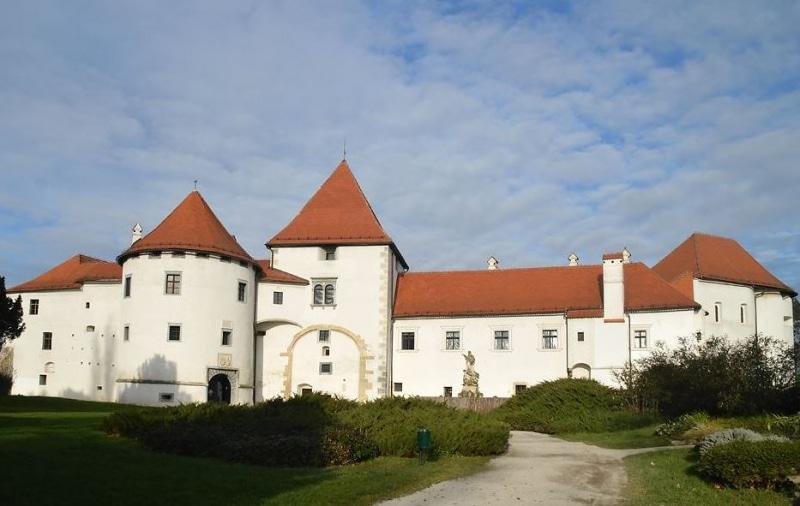
Removed from Unnamed collection
The Old Town Varazdin 
At the northern edge of the historical centre of Varaždin separated from the city by embankments and moat, is the Old Town Castle of Varaždin. This military fortress was unassailable from the outside due to the moat which was fed by the river Drava canal and the cannons inside the walls that in some places were 2.5 metres thick. Inside is the Old Town’s Renaissance Palace, whose aristocratic owners have continually changed and adjusted it to suit their tastes from the 13th to the 19th Century. Today the entire Old Town is the Varaždin City Museum.
Former illustrious owners include the Counts of Celje, Jan Vitovac, Ivaniš Korvin, Juraj Brandenburg, Counts Ungnadi and many others. The Erdödy Family ruled the City for the longest time, and the first owner was the famous General Tomo Bakač Erdödy, who defeated the Turks at Sisak in 1593. The Old Town was the Capital of the Varaždin County, and the Erdödy family were its hereditary governors. That’s why their family coat of arms which was officially confirmed by Queen Maria Therese in 1763, is still in use. The last owner of the Town sold it in 1923. The Varaždin City Museum was founded by the Varaždin Museum Society and officially opened in 1925 in a few rooms in the Old Town. Initially, the displays consisted of items donated to the newly opened museum by renowned Varaždin families.
Over the years, the size and variety of the Museum Collection have increased, and today the Varaždin City Museum has specialized Archaeological, Historical, Cultural, Ethnographic and Entomological Departments. Museum Departments are housed in several buildings of historical value in the center of the City: the Gothic-Renaissance fortress Old Town, the baroque Sermage, the classical Herzer Palace and the Watchtower in the Old Town complex. The Museum’s Departments currently have four permanent exhibitions including: the Cultural and Historical Department in the Old Town, Entomology in Herzer Palace and the Gallery of Old and Contemporary Masters in the Sermage Palace. The Archaeological and Historical Department in the Herzer Palace is currently being prepared and is almost ready to open permanently. https://www.tourism-varazdin.hr/en/museums-and-collections/
Map

Removed from Unnamed collection
Trogir City Museum 
The Trogir Museum was opened in 1966 within a unique complex of several palaces and houses owned by the Garagnin-Fonfogna family since the 18th century. The first small room accommodates a late Greek relief "Woman at Work" (2nd- 1 st century BC), and the replica of Kairos (4th-3rd century BC), as well as the prehistorical finds from the Trogir surroundings and the fragments of ceramics and glass from the Greek period. The Roman period is represented by the finds from the graves (fragments of a helmet, money, amphoras, urns) and stone reliefs and fragments discovered during archaeological excavations near Trogir.
The second, large hall with a three-light window presents the medieval Trogir through the documentation on the development of the autonomous commune. The first printed city Statute from 1708, which actually governed the city public life already in the 14th century, and the city seal rings are on display in this hall. The original minutes of the City Council sessions from 1316 are displayed, along with major documents on parchment, and the Venetian money used in the provinces of Dalmatia and Albania. Ivan Lucic's "De Regno Dalmatiae et Croatiae", the major medieval Croatian work published in Amsterdam in 1666 is here, along with the matricula of the All Saints brotherhood from 1573, and the testimony on Venetian-Turkish war contained in the memoirs of Koriolan Cipiko (1477). http://www.portal-trogir.com/things-to-do-en/heritage/museums/trogir-town-museum/
Map
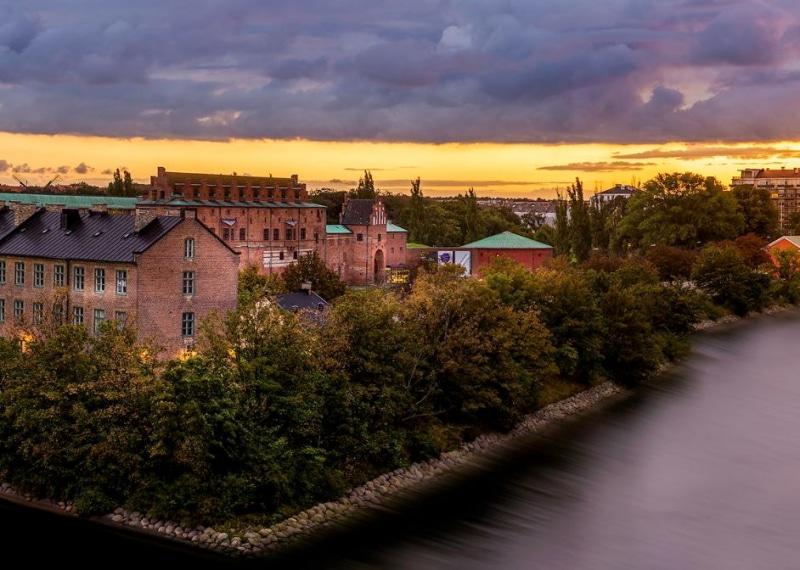
Removed from Unnamed collection
Malmo Castle 
Eric of Pomerania, king of Denmark, Norway and Sweden (at that time a unified kingdom), built a castle on the site now occupied by Malmöhus in 1434. The strategic location was of great importance. From here, the west side of the city could be protected and shipping traffic on the southern part of the Öresund monitored.
Malmöhus acquired its present appearance following major reconstruction in the mid 16th century when King Christian III ordered the building of a modern fortress, splendid Renaissance castle and county governor´s residence, all on the one site.
Denmark´s coins were minted here in the Middle Ages. Crown Prince Frederick held wild parties here in the 16th century. Prisoners were beheaded in the courtyard in the 19th century. Malmöhus has now been restored in the spirit of the 16th century and is part of the Malmö Museums, the largest museum in southern Sweden. The castle is part of Sweden´s cultural heritage and is managed by the National Property Board. https://malmo.se/Uppleva-och-gora/Besoksmal/Malmo-Museer/Sprak/In-English/Malmohus-Castle.html
Map
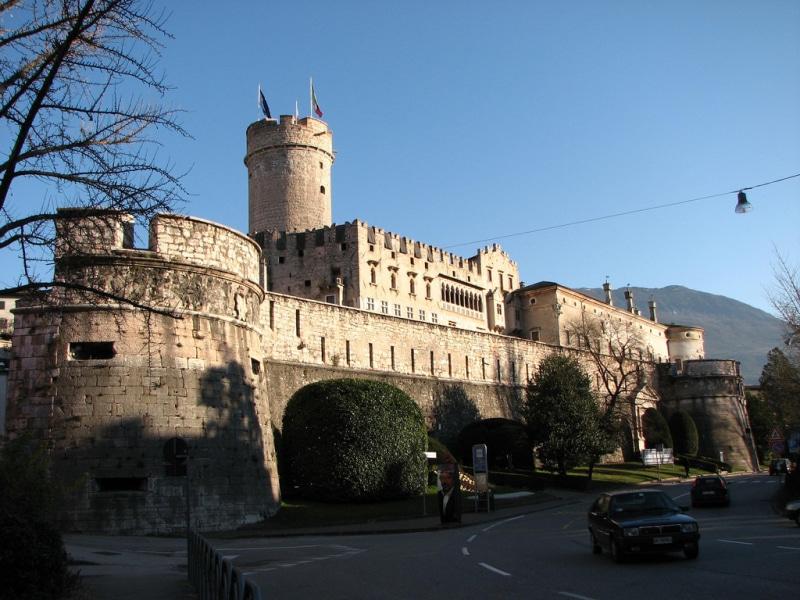
Removed from Unnamed collection
Buonconsiglio Castle 
The Buonconsiglio Castle is the largest and most important monumental complex of the Trentino Alto Adige region. It was the residence of the prince-bishops of Trento from the 13th century to the end of the 18th century, and is composed of a series of buildings of different eras, enclosed by walls and positioned slightly higher than the city. Castelvecchio is the oldest nucleus, dominated by an imposing cylindrical tower; the Magno Palazzo is the 16th century expansion in the Italian Renaissance-style as commissioned by the Prince-Bishop and Cardinal Bernardo Cles (1485-1539); the Baroque-style Giunta Albertiana dates from the end of the 17th century. At the extreme south of the complex is the Torre Aquila, within which is conserved the famous Cycle of the Months, one of the most fascinating secular pictorial cycles of the late Middle Ages. Also of exceptional interest are the extensive cycle of frescoes commissioned by the bishops to decorate the interior walls of the Castle, mainly in the late Middle Ages to the Renaissance period. https://www.buonconsiglio.it/index.php/en/Buonconsiglio-Castle/castle/Visit/Introduction
Map
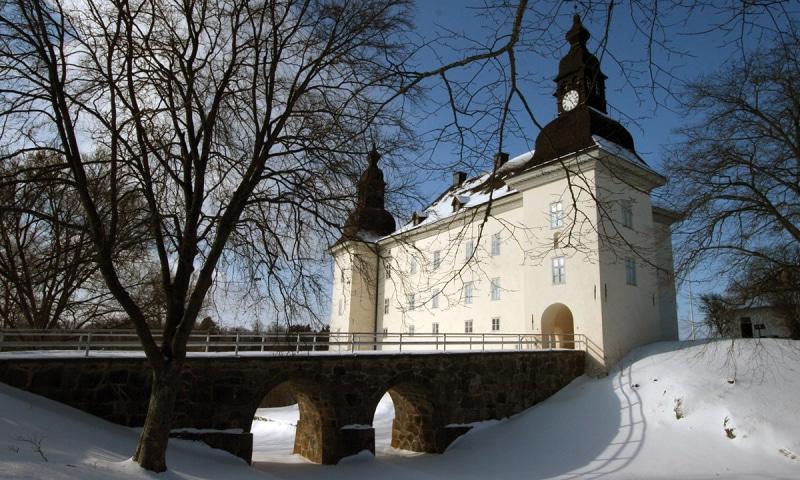
Removed from Unnamed collection
Ekenaes Castle 
The castle is visible wide around and has three towers with stately hoods. It appears to be one of Sweden's most powerful 16th-century castles, surprisingly well preserved despite rebuilding and decay. The estate has long belonged to the families Sture and Banér. It has been uninhabited since 1934. In recent years the restoration has recreated both exterior and interior and the castle is now on display as a museum. Since 1974, Ekenäs Castle has been a building monument.
Ekenäs Slott is a genuine fairytale castle, dating back to the 17th century. A popular jousting tournament is arranged in spring, guided tours in summer, ghost tours in autumn and Christmas market in winter. Just 20 km east of Linköping. https://visitlinkoping.se/en/g%C3%B6ra/attraktioner/slott-och-herres%C3%A4ten/eken%C3%A4s-slott
Map
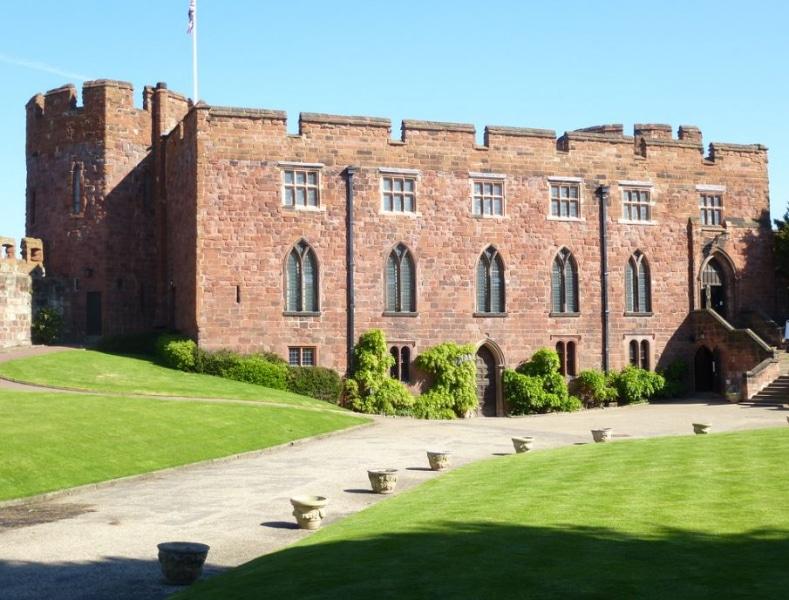
Removed from Unnamed collection
Shrewsbury Castle 
The castle stands at the top of a hill and was built as a defensive fortification for Shrewsbury, which was otherwise protected by the River Severn. Founded by Roger de Montgomery in 1074, the castle has undergone many transformations, the last one being by Thomas Telford who 'modernised' the building in the 18th century.
Climb the walls of the castle for amazing views and some people watching from high above the town. The grounds are free to visit and perfect for picnics too.
The Castle houses the spectacular collections of the Shropshire Regimental Museum Trust including pictures, uniforms, medals, weapons and other equipment from the 18th Century to the present day. One of the prize exhibits is the baton of the German Admiral Doenitz, captured by soldiers of the King's Shropshire Light Infantry at the very end of World War II. Doenitz had been nominated as Hitler's successor. There are also stories about the British burning down the White House in 1814. The displays include a brief history of the castle through the centuries. https://originalshrewsbury.co.uk/visit/shrewsbury-castle-soldiers-shropshire-museum
Map

Removed from Unnamed collection
Huseby Bruk 
Beautiful Huseby Bruk shows you a bygone era. Go for a stroll in the park and gardens, and visit the well-preserved castle. At the old ironworks, the stories of the 1800s are told over and over again.
The main building at Huseby is reverently called the castle. Many remember Ms Stephens, the last owner of Huseby. In her last will and testament, she wrote that everything should be preserved for coming generations to take part in. The interior decor remains, and much of it comes from her parents’ time and up until the middle of the 1800s. The Stephens family were close to the royal house and sometimes had royal visitors at Huseby Bruk.
The park and garden have been recreated in their 19th-century form. Much was documented – even shopping lists for seeds. The park is characterised by ‘embroidered’ flower beds that Miss Stephens’s mother Elisabeth Stephens designed. But the kitchen garden might be the best thing about Huseby - it is a real utility garden that used to supplied the work's gentry with vegetables, fruit and berries. It was designed with nine areas and follows a model from older times. Ms Stephens loved different breeds of hens and today, too, there are hens and peacocks to look at. https://www.visitsmaland.se/en/experiences/culture-and-history/huseby
Map
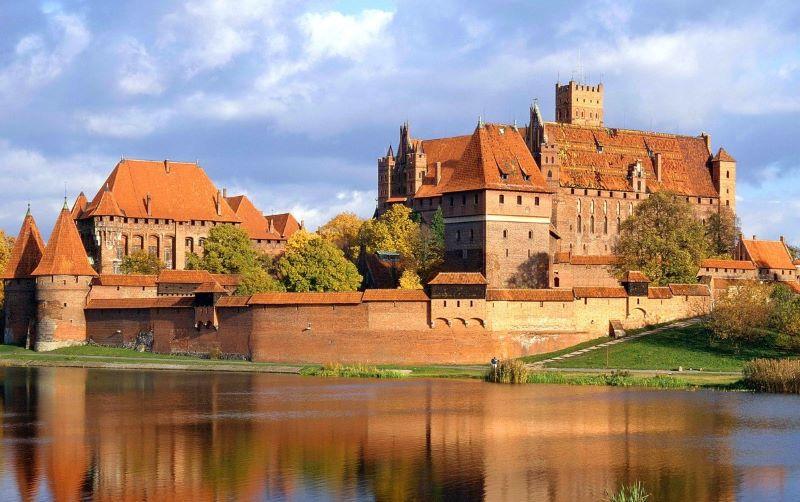
Removed from Unnamed collection
Malbork Castle 
Malbork castle was medieval Europe’s largest fortress. Picturesquely situated by the Nogat river, the three-castle complex was, for 150 years, the capital of the Teutonic state. The castle's origins date back to the second half of the 13th century. Beginning in 1309, Malbork was the seat of the grand masters of the Teutonic Order and the capital of one of medieval Europe's most powerful states. With a surface area of some 21 hectares, Malbork Castle is the largest Gothic castle complex in the world and a masterpiece of late-medieval fortification and residential architecture. In 1997 Malbork Castle was designated a UNESCO World Heritage Site.
One of the castle's must-sees is the exhibition of Amber Contexts, looking at the gemstone from a variety of possible angles. Tree resin fossilised millions of years ago, amber reflects the complexity of nature. It can be regarded in a number of contexts, including a natural scientific and artistic one. It can also be looked at from a functional perspective. The Malbork amber collection has earned a reputation as one of the world's best and largest. http://en.visitmalbork.pl/905,The-biggest-gothic-castle-in-the-world.html
Map
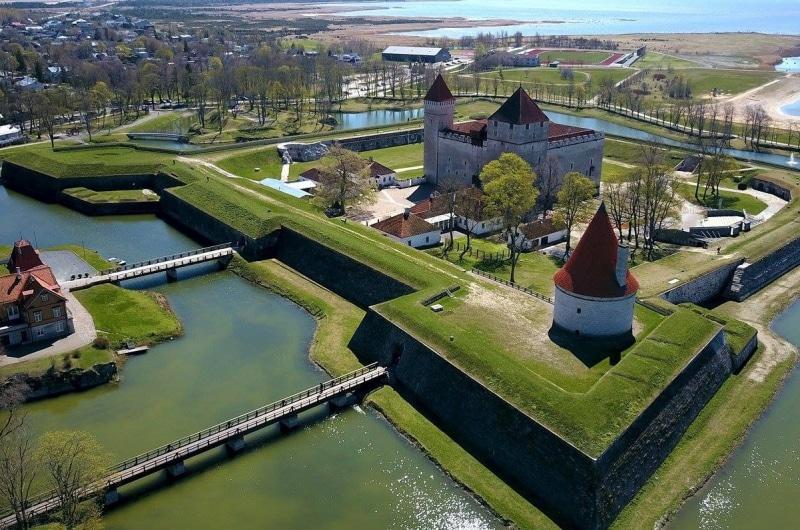
Removed from Unnamed collection
Kuressaare Episcopal Castle 
Kuressaare Episcopal Castle, also known as Kuressaare Castle, is one of the most interesting and best-preserved fortresses in Estonia. The castle has become one of the most remarkable buildings in Northern Europe built during the 14th–19th century. There is a history museum which tells stories of the distant past and recent history of Saaremaa and the locals through permanent exhibitions and travelling exhibitions. There are also activities for both children and adults – from treasure hunts to archery! https://www.visitestonia.com/en/kuressaare-episcopal-castle
Map
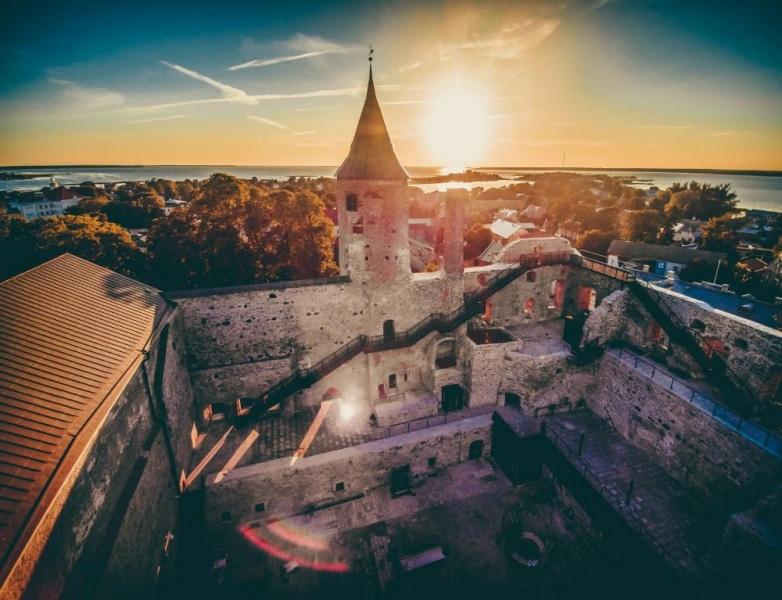
Removed from Unnamed collection
Haapsalu Castle 
Haapsalu Castle is an architectural gem built in the 13th century, which until the end of the 17th century was the seat of power of the local authorities.
The museum in the main castle focuses on the history of the castle itself. You can learn about the construction of the castle, the birth of the town of Haapsalu, and the fate of the rulers and locals of the Bishopric of Ösel–Wiek. In order to better understand the life of that time, guests can try out different mechanisms. The passages on the walls offer a wonderful view of the castle and the picturesque town of Haapsalu. https://www.visitestonia.com/en/haapsalu-castle-museum
Map










